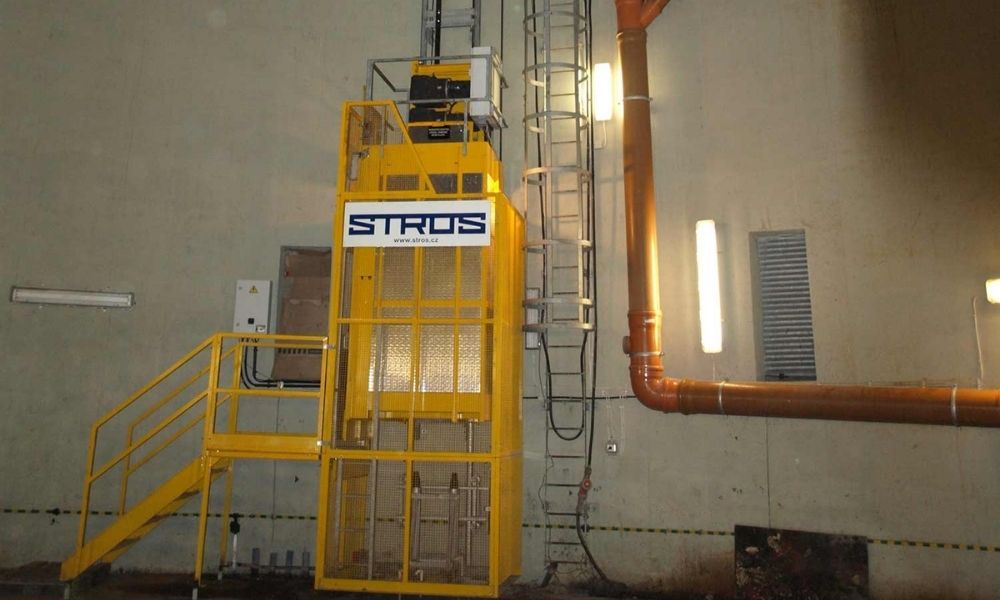On a construction or industrial site, having the appropriate lift is essential. Two of the most common options are elevators and construction hoists. While these vital pieces of equipment are similar on a basic level, they have quite a few important differences. We will examine both and uncover the variations below.
Industrial Elevators
Industrial elevators are a safe and secure way to transport workers, equipment, and materials on a construction site. They are not for transportation of the public. Most commonly they are automatic, meaning there is no permanent operator in the cab. Elevators can lift people and items to low-rise, mid-rise and high-rise heights, depending on the make and model. Industrial elevators are also outfitted with critical safety mechanisms as well as protection against various weather-related and environmental conditions.
Some elevators are designed formidably enough to resist exposure to chemicals and other hazardous materials. Additionally, industrial elevators are considered a more permanent feature. Industrial Elevators are often rack-and-pinion, but it is common for them to be of all kinds of drive systems such as hydraulic or traction sheave.
Construction Lifts
Construction hoists are very often a rack and pinion system that hauls equipment and materials vertically on a construction site. It is extremely rare to see a construction which is not rack and pinion in today’s market. Hoists are required in high-rise construction projects. There are two primary types: material and personnel hoists. Material hoists lift and lower equipment that is too heavy to haul by hand, such as tools and supplies, but they cannot lift personnel. They are normally used only on low-rise projects, if at all.
Personnel hoists lift and lower human beings and material. Sometimes they are called man and material hoists. Similar to industrial elevators, personnel hoists feature many of the same safety mechanisms to protect the crew. Some safety features include mechanisms that prevent free-fall and equipment malfunctions. In jurisdictions like California, Florida or New York, there are different laws regulating the use of construction hoists, which would be installed under ANSI 10.4 versus material hoists which might fall under 10.5.
Understanding the Differences
When it comes down to it, the major differences between construction hoists and industrial elevators are:
- Safety: Industrial elevators and personnel hoists feature safety mechanisms to protect human cargo, whereas material hoists feature fewer mechanisms. Elevators, being automatic, feature more safety features than construction hoists. In addition, industrial elevators often offer protection against extreme weather and environmental conditions while personnel hoists do not.
- Cargo: Industrial elevators and personnel hoists carry people, tools, equipment, and materials, while material hoists only carry non-living cargo.
- Permanence: Industrial elevators are a more permanent feature than hoists and are installed on applications such as high-rises, mining operations, oil and gas rigs, power plants, and more. Hoists are installed for the duration of a construction project.
Should you require an elevator for your industrial application, contact the professionals at Ucel. Ucel offers a variety of heavy-duty construction hoists and industrial elevators for sale that are ideal for a wide range of applications. Fill out our online form or call a representative at 905-669-2558.
